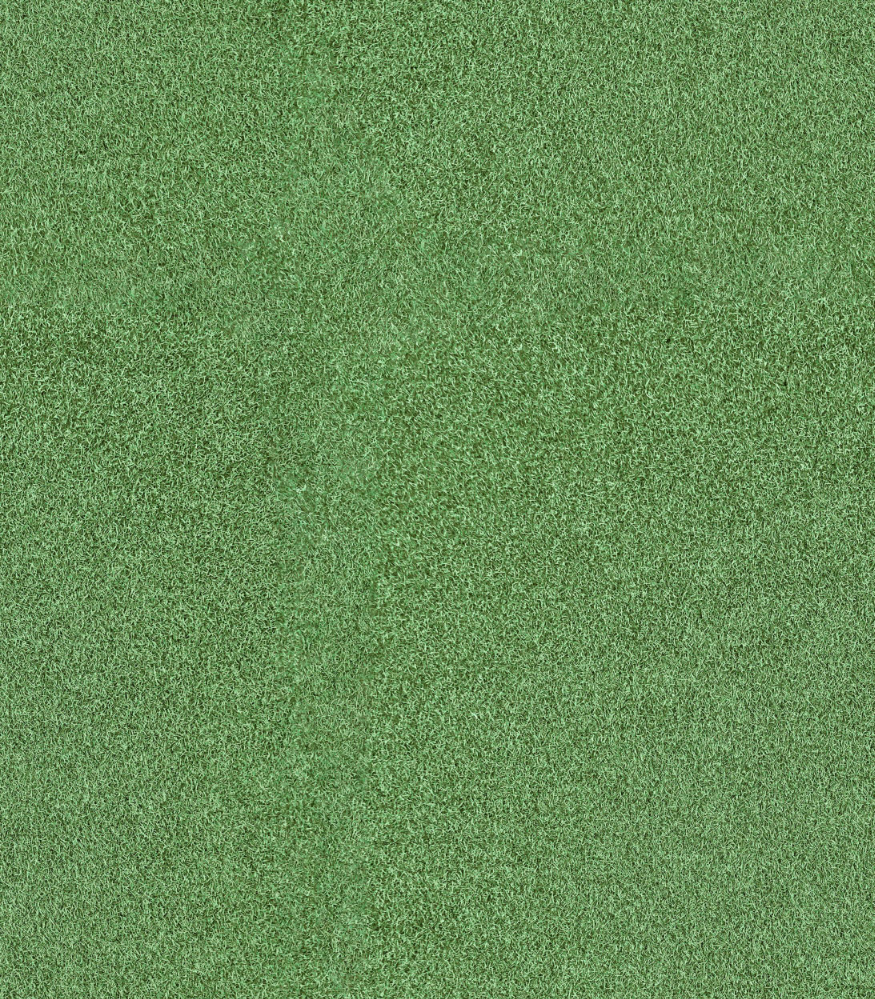Artificial Grass
Category
Landscaping
Download
Edit
High density and medium length, this artificial grass is a popular real grass replacement for gardens, pub and restaurant beer gardens, or larger landscaping projects where a natural look is desired, but real grass would be unable to shed water properly due to being too shaded from sunlight or having insufficient ground depth or drainage facilities, or in areas which risk becoming irreparably damaged under prolonged use. Artificial grass can be used on walls and floors both in and outside on domestic, office, hotel, hospitality and healthcare settings to bring a natural appearance indoors, increasing the presence of biophilic patterns in spaces to promote health and wellbeing. It is often specified to create the impression of blurring the line between, or blending together outdoor and indoor spaces, particularly in lobbies, communal areas, porches, vestibules or enclosed terrace and balcony areas. It can also be used as a matting at the edge of sandy, gritty or dirty sports pitches and external surfaces, as the synthetic fibres are sufficiently long and stiff to knock dirt off visitors’ shoes, while remaining long, soft and dense enough to cushion falls, or allow football and rugby players to tackle, slide or dive to make saves without causing injury when used on sports fields and pitches. Its density means that it is less suited to fast playing speeds, for sports such as hockey and tennis, although it can be very slick when wet. Sports which commonly use this longer, denser artificial grass include soccer, rugby, American football, Gaelic football, baseball, cricket, shinty and hurling, providing a consistent, extremely durable surface year round. The dense plastic backing layer through which the synthetic grass fibres are thread is impervious to repeated impacts from users and studded or spiked sports shoes, without the surface becoming waterlogged and boggy during winter, or dry and dusty in summer; consequently too worn down to be serviceable.
Laying the pitch or field involves preparing a suitable load-bearing yet well draining substrate, upon which large rolls of the ‘plastic’ turf is rolled out and joined together. This aids with maintenance, as damaged sections can be removed and replaced with ease immediately, rather than waiting for soil to heal and the grass to regrow, as with traditional planted grass facilities. The inclusion of pre-painted lines and lack of growing grass removes the costs and effort associated with routine maintenance of such areas, whereby groundskeepers no longer have to consistently cut the grass and repaint lines to maintain consistency throughout a season. This particular artificial grass texture is a pleasant, vibrant green, blending in with healthy, well fed and watered real cut grass surfaces; to bring some natural feeling patterns and textures indoors to brighten and enliven spaces; or contrast dark timbers, painted surfaces and metals while promoting the sense of a healthy, pleasant, dynamic space.
A seamless landscaping texture with an artificial grass surface. Seamless textures can be tiled repeatedly across a surface without visible seams making them useful for architectural drawings and 3D models. This image can be used as a SketchUp texture, Revit material or imported into Photoshop for use in 2D illustrations. A high resolution version of this texture is available, as well as CAD hatches and PBR maps with Architextures Pro.

